Out of cornmeal? No worries! Explore great alternatives with similar taste and texture. From corn-based options to gluten-free choices, we've got you covered. Let's explore cornmeal substitutes together!
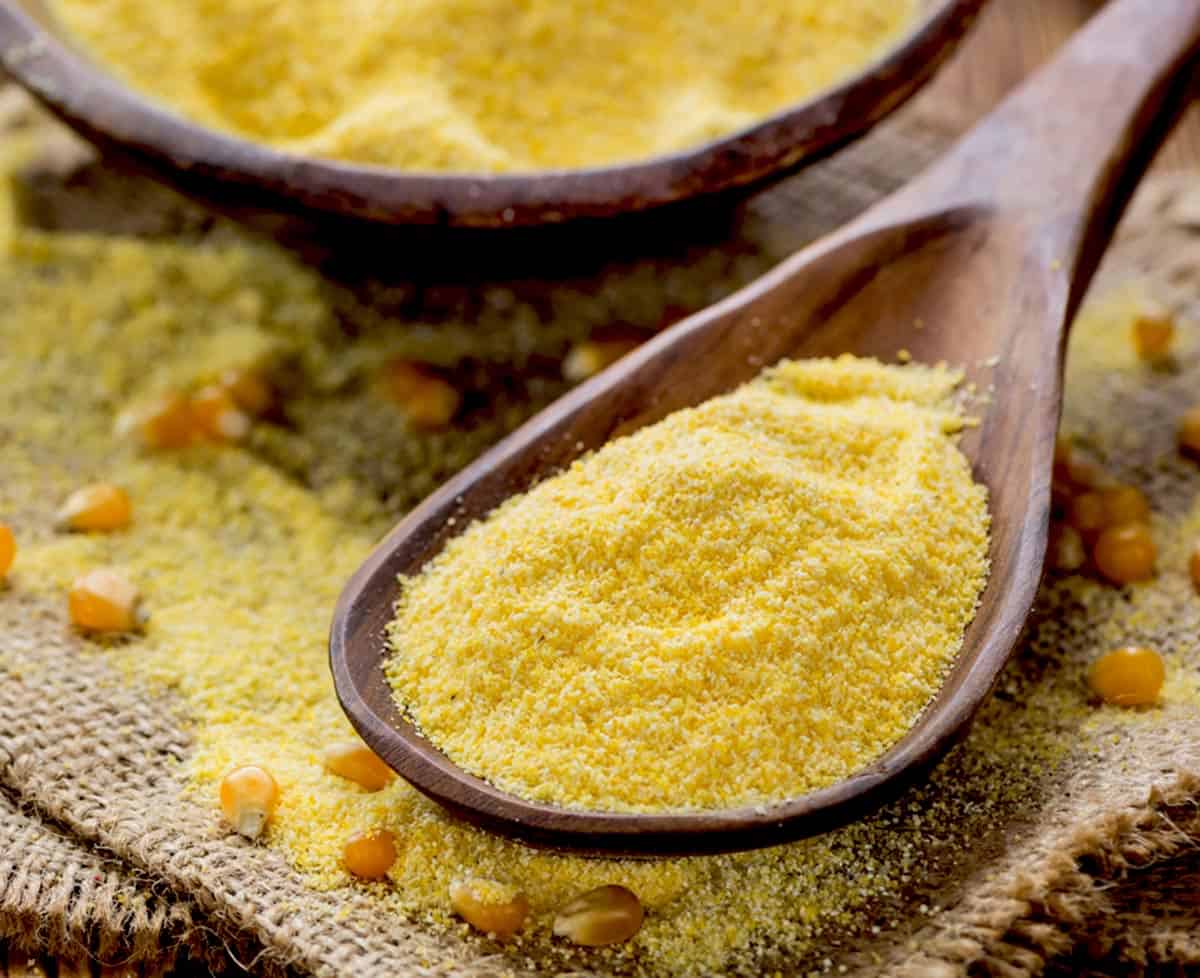
14 Super Easy Cornmeal Substitutes
Do you want to cook a Southern classic?
Then realized the only thing you can’t find is cornmeal? Don’t worry; there are lots of different substitutes for ingredients, and cornmeal is no exception. There are many ingredients you might have lying around the pantry that might do the trick! It all depends on the recipe.
We've made a list of our favorite substitutes! We prefer using corn-based alternatives to keep the flavor intact. But don't worry if you can't have corn due to dietary restrictions, we have options for you too!
What is Cornmeal?
Cornmeal is basically ground white or yellow corn, and sometimes blue corn. The kind of corn used is usually "field corn" rather than the sweeter varieties. The texture of cornmeal can range from fine to medium, or even larger and coarser granules.
When cornmeal is processed, the bran and germ are taken out, which helps extend its shelf life for up to a year. If you want a tastier and more nutritious option, try looking for stone-ground or whole-grain cornmeal.
What is Cornmeal used for?
Cornmeal is used in various dishes like baked cornbread, Johnnycakes, hushpuppies, corn fritters, as a coating for fried fish or chicken, for making tortillas, and as a thickener in certain recipes.
❗ When choosing a substitute for cornmeal in your recipes, consider two things: the flavor you want and the texture you desire.
CORN-BASED SUBSTITUTES
If you want substitutes for cornmeal that taste and feel similar, here are the top choices! The best part is that you might already have some of these alternatives in your kitchen, ready to use!
1. Cornflour ( Polenta Flour)
Corn flour is like a very finely ground version of cornmeal. If you prefer a smoother texture without the crunch, cornflour is a great option. You can substitute it for fine cornmeal in your recipes using a 1:1 ratio. Keep in mind that dishes made with cornflour will be lighter and less dense, so you may need to reduce the cooking time slightly.
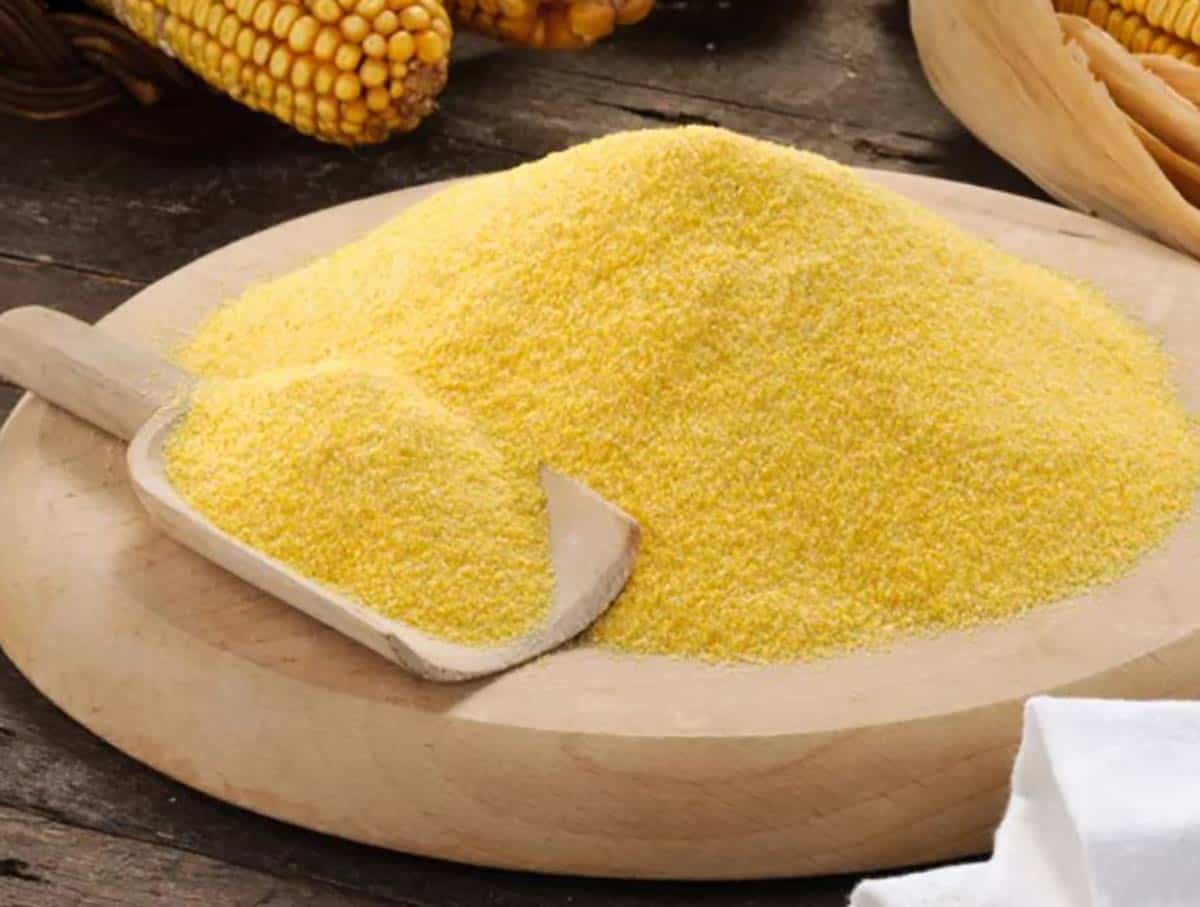
2.Corn Grits
If you want a coarser texture, grits are a great option for recipes like pancakes or cornbread. Both regular grits and hominy grits can be used. Grits are a popular side dish for breakfast in the Southern states. They are made from dent corn, which has a different starch level compared to the sweet corn we enjoy off the cob.
3.Polenta
Polenta is like grits but slightly sweeter. It's basically coarse cornmeal. The key difference is that polenta is made from yellow corn, specifically a type called Italian eight-row flint corn.
Interestingly, "polenta" is also the name of the dish, similar to porridge, that originated in Northern Italy.
4.Corn Flakes
If you're in need of cornmeal in a pinch, check your cupboard for corn flakes or corn chips. Crushed corn flakes or crushed corn chips can work well as substitutes in recipes that require a bit of crunch and a delicious corn flavor. They're likely to be readily available and can save the day in a corn meal emergency!
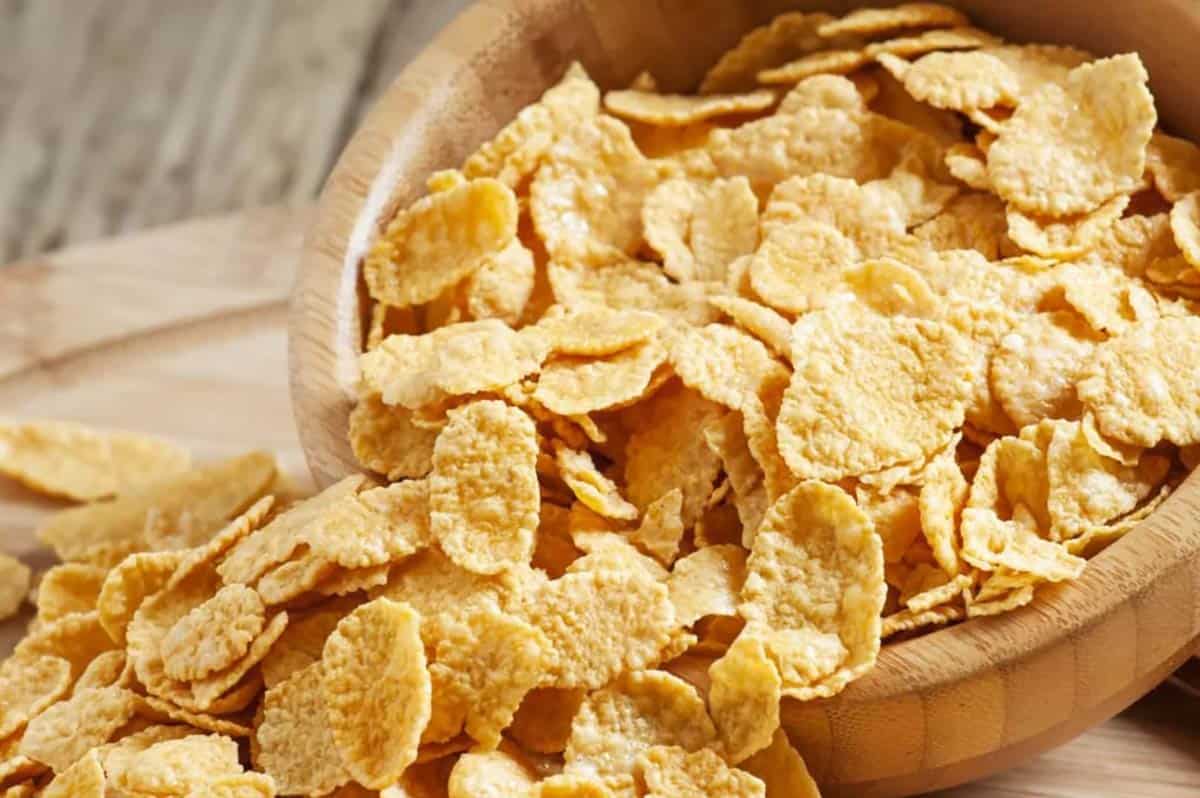
5.Tortilla Chips
It may sound strange, but using corn chips as a cornmeal substitute is actually quite simple. Since they are made from corn, all you need to do is put them in a food processor and grind them up. They can be a convenient option when you're in a pinch and don't have cornmeal on hand.
6.Masa Harina
There's another kind of cornmeal called masa harina, which is made from corn kernels that have been cooked in lime water to remove the outer hull before grinding. This process gives it a unique flavor compared to regular cornmeal. Masa harina, which means "dough flour" in Spanish, is a key ingredient for making homemade tortillas. It's a staple in tortilla-making!
7. Hominy Grits
Cornmeal has a close cousin called hominy grits, which has a similar taste and texture but is slightly coarser. The corn used for hominy grits is treated with lye during the milling process, which softens the kernels and helps remove the hull.
❗ When substituting hominy grits for cornmeal in a recipe, you'll need around ¾ of the amount of cornmeal required.
8. How to Make Homemade Cornmeal
You can make your own cornmeal at home using popcorn, fresh or frozen corn! If you don't have a dehydrator, plain popcorn is the best option. Choose yellow or white popcorn based on your recipe preference.
- To dehydrate fresh corn, cook it for about ¾ of the usual cooking time, ensuring it's not fully cooked. Cut the corn off the cob and place the kernels on a parchment paper-lined dehydrator tray.
- For frozen corn, arrange the frozen kernels on a parchment paper-lined dehydrator tray.
- Set your dehydrator to 135ºF (57ºC) and let both fresh and frozen corn dehydrate for 8-12 hours. Around the 6-hour mark, break apart any large corn chunks and give them a quick shake or flip to ensure even dehydration. The corn is readywhen it's firm and can't be easily squeezed (similar to popcorn). If you were to break a kernel with a meat mallet, it should break rather than turning mushy.
- Process your dehydrated corn or popcorn in a spice grinder, food processor, grain mill, or any appliance with strong blades until you reach the desired fineness for your cornmeal. Work in batches if needed.
❗ If your dehydrator doesn't have a heat setting, don't worry. Just turn it on and check the corn every 3 hours or so to see if it's ready.
NON-CORN SUBSTITUTES
There are fantastic alternatives to cornmeal that don't actually contain corn! Here are our top suggestions for what to use when you run out of cornmeal.
9.Semolina
We have a go-to substitute for cornmeal that we absolutely love, and it's not made from corn! It's called semolina, a high-protein flour made from hard durum wheat middlings. Semolina has a coarser texture than regular flour and can mimic the texture of cornmeal. What's great is that it also brings a delicious earthy and nutty flavor to your dishes. Just remember to slightly increase the amount of semolina compared to what your recipe calls for.
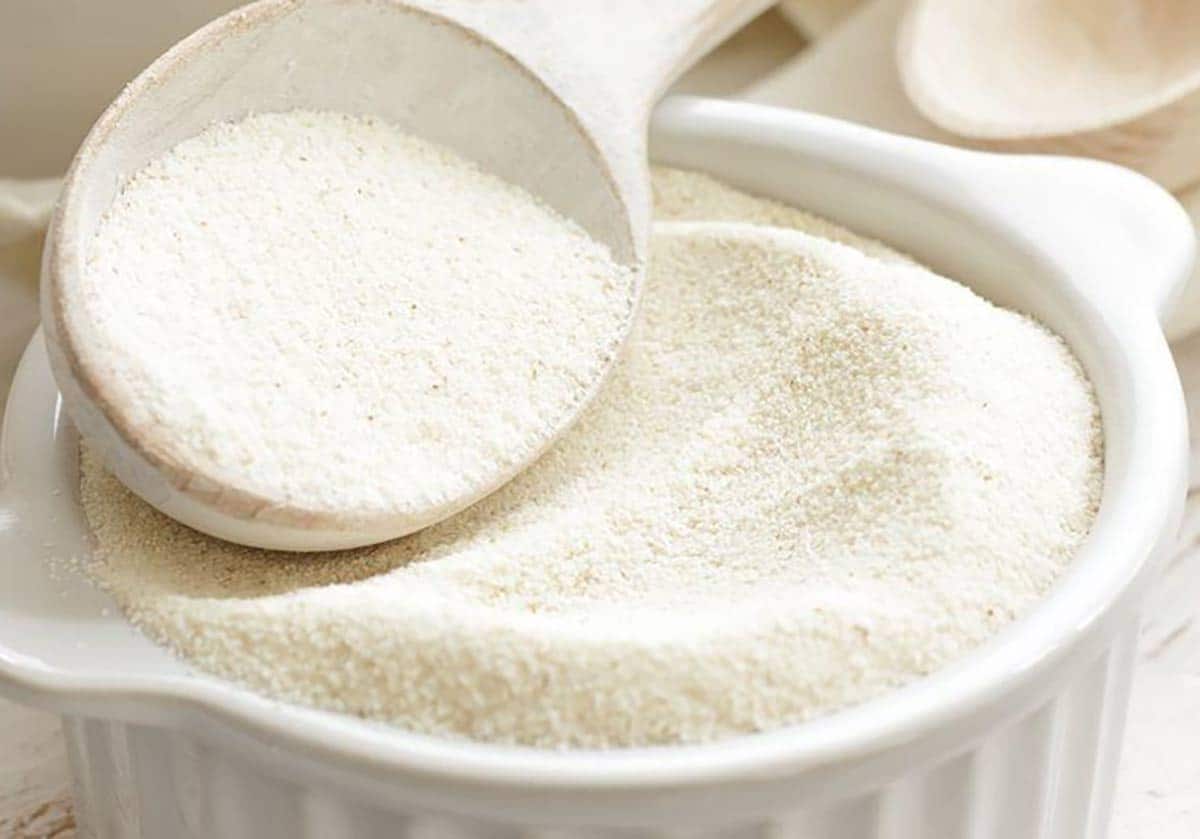
10.Ground Oats
If you're looking for a substitute that matches the texture of cornmeal but without the corn flavor, this is the perfect option for you.
11.Wheat Flour
If you want to maintain the texture but don't mind a different flavor, you can easily use wheat flour as a substitute. However, keep in mind that it won't taste the same as corn products.
12. Rice Flour
Rice flour, with its fine texture, is an excellent choice for thickening soups, stews, and sauces. Just like corn, rice flour is also gluten-free, which makes it a suitable option for people with dietary restrictions.
13. Ground Flaxseed
Using ground flaxseed as a substitute can add a crunchy texture, but it will have a different taste that is slightly bitter. The advantage is that you can also benefit from the high protein content and rich fatty acids that flaxseed provides, which are good for your health.
14.Almond Flour
Almond flour is a great substitute for cornmeal. It has a slightly nutty flavor and a fine texture that can work well in various baked goods. Just keep in mind that almond flour might alter the taste of the dish compared to using cornmeal.
The main difference between corn starch and cornflour is their texture. Cornstarch is a fine, white powder used for thickening sauces and soups. It helps make them smoother and thicker. On the other hand, cornflour has a slightly coarser texture, more similar to regular flour. It is often used for breading or frying foods.
MORE GREAT SUBSTITUTES
Best Substitutes For Onion Powder
11 Best Chicken Stock Concentrate Substitutes
The Best Substitutes For Milk in Mac and Cheese
The Best Rice Syrup Substitutes


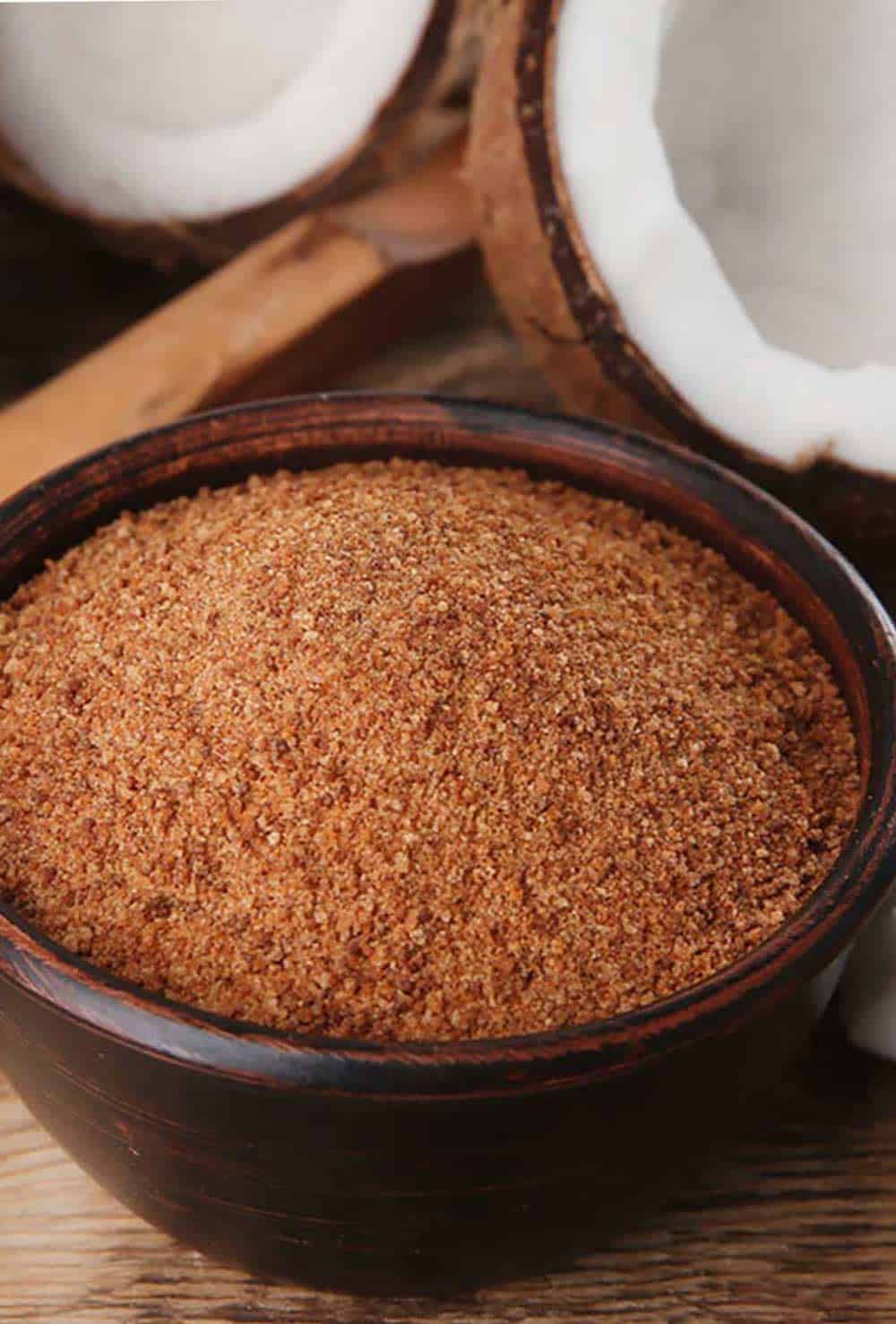
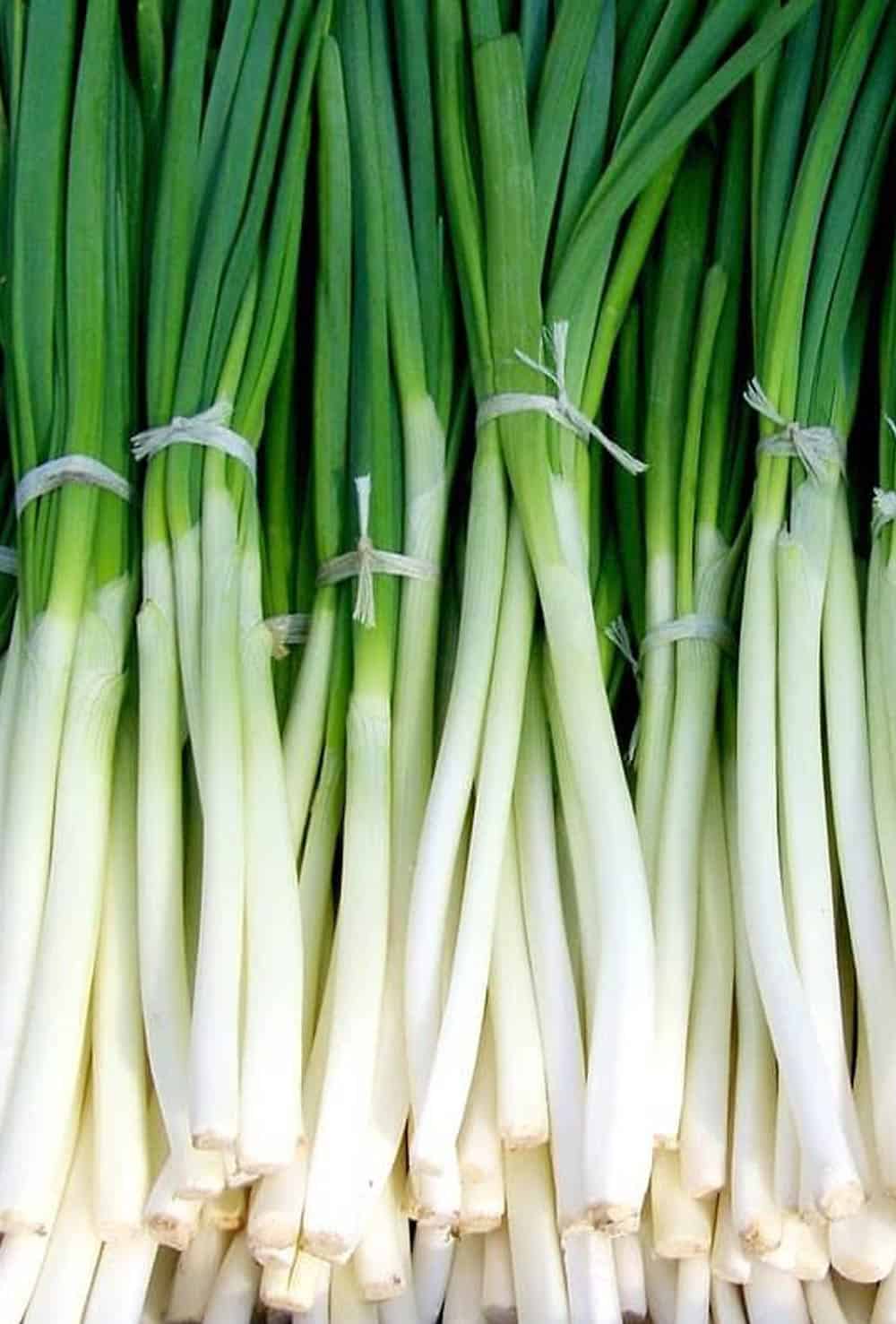
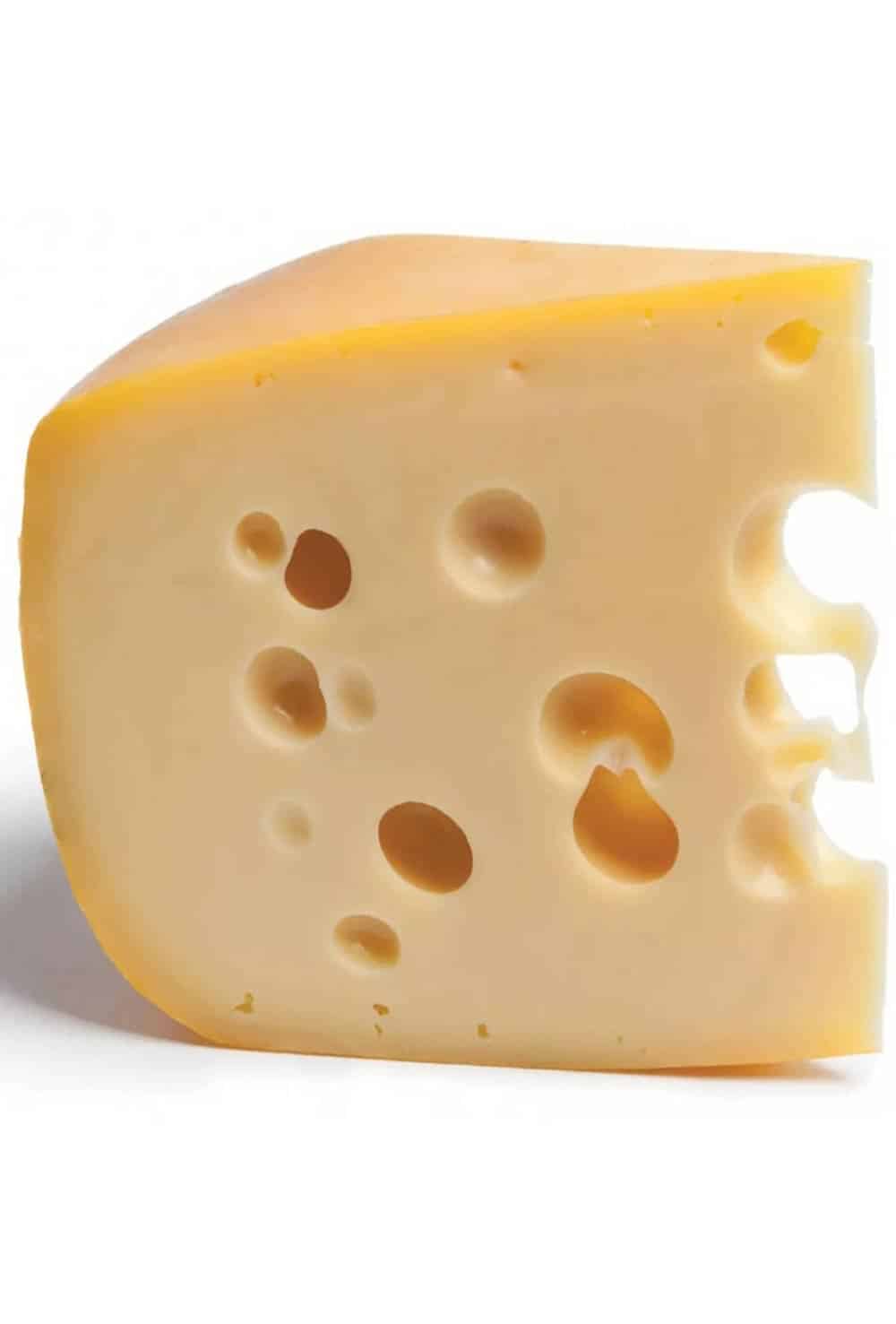
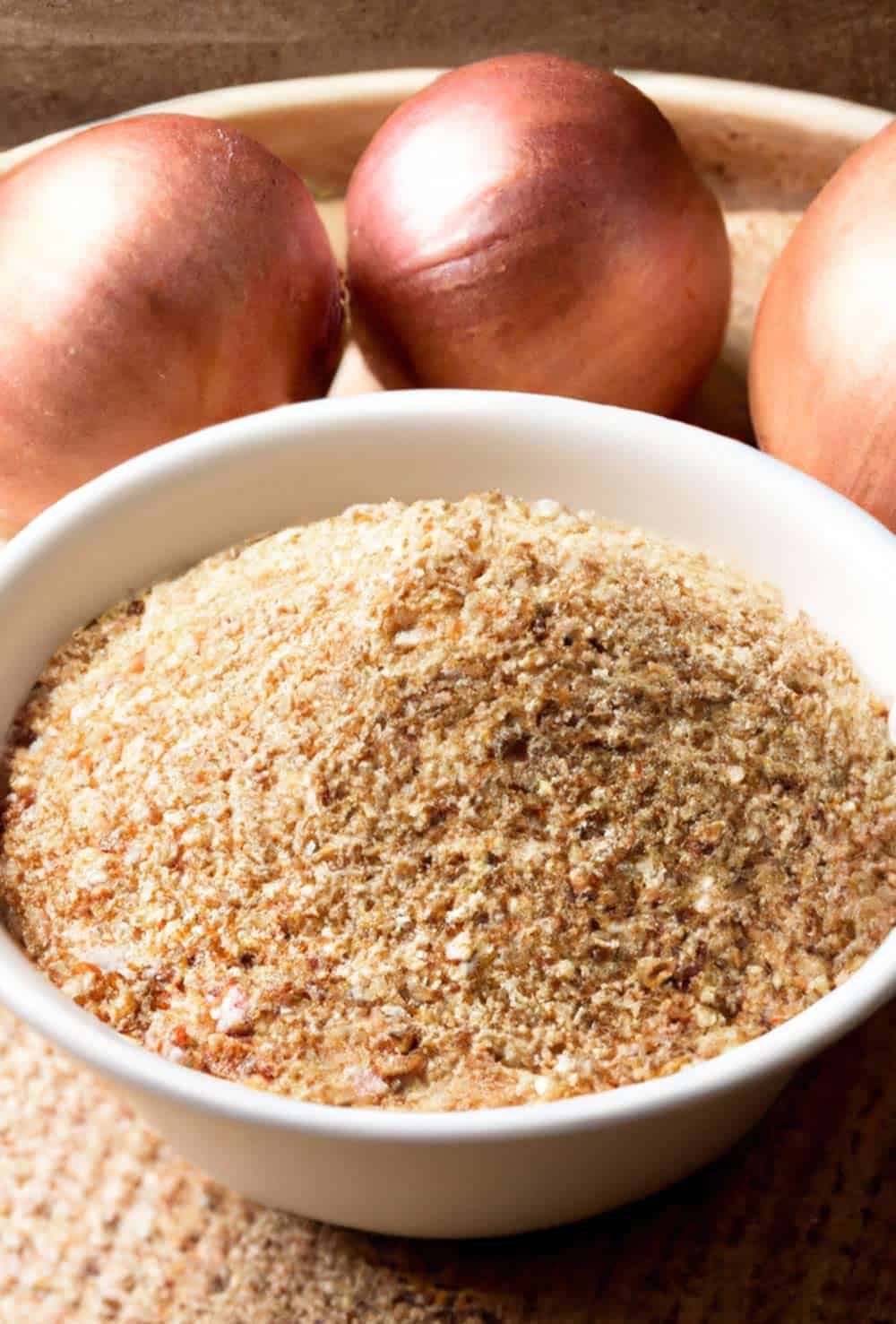
Leave a Reply